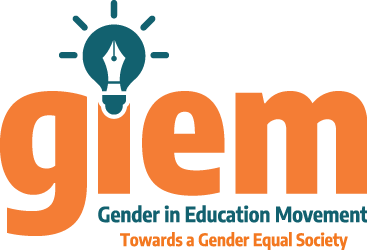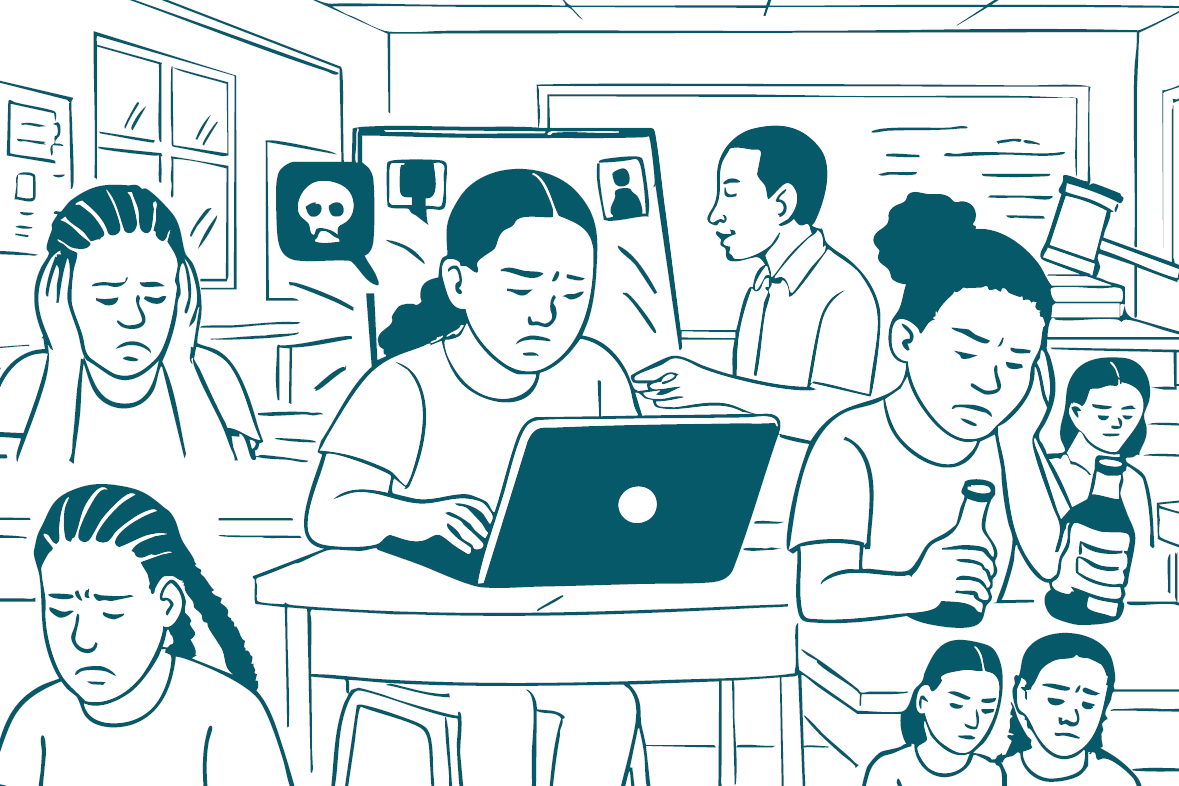Many adolescent girls in Kenyan Secondary and Junior Secondary schools struggle with the manifold threat of Sexual Gender Based Violence (SGBV), menstruation-related issues, low esteem, low aspirations, and insufficient Reproductive Health interventions and information. This manifests in low academic performance, school dropout, and absenteeism. Gender inequities in education are further entrenched by these concerns, which disproportionately affect girls from marginalized and vulnerable locations. SRGBV is a key barrier to academic achievement, as it undermines adolescent girls’ sense of themselves and their ability to succeed as students. Plan and Child Helpline International, (2019) states that between 500 million and 1.5 billion girls experience violence every year, many within schools. Forms of gender violence are not fixed; they evolve to fit different times, circumstances, and cultures.
This review’s objective is to compile and summarize the available data regarding the effects of gender-based violence (GBV) in Kenyan educational institutions, with a particular emphasis on how these issues affect girls’ educational opportunities. The review examines the factors associated with SRGBV, gaps in GBV service provision, and availability or lack of GBV interventions, such as Sexual Reproductive Health education with a particular focus on junior secondary schools. It also highlights counties’ differences in SRGBV prevalence rates and differences in access to GBV services and provides recommendations.
The methodology included a desk-based study of current scholarly literature, official government policy, and reports from organizations addressing GBV concerns in Kenya, and data from NGOs that run such initiatives to improve girls’ access to education
by addressing GBV in educational settings.
Desk Review Report on Gender Based Violence in Learning Institutions

